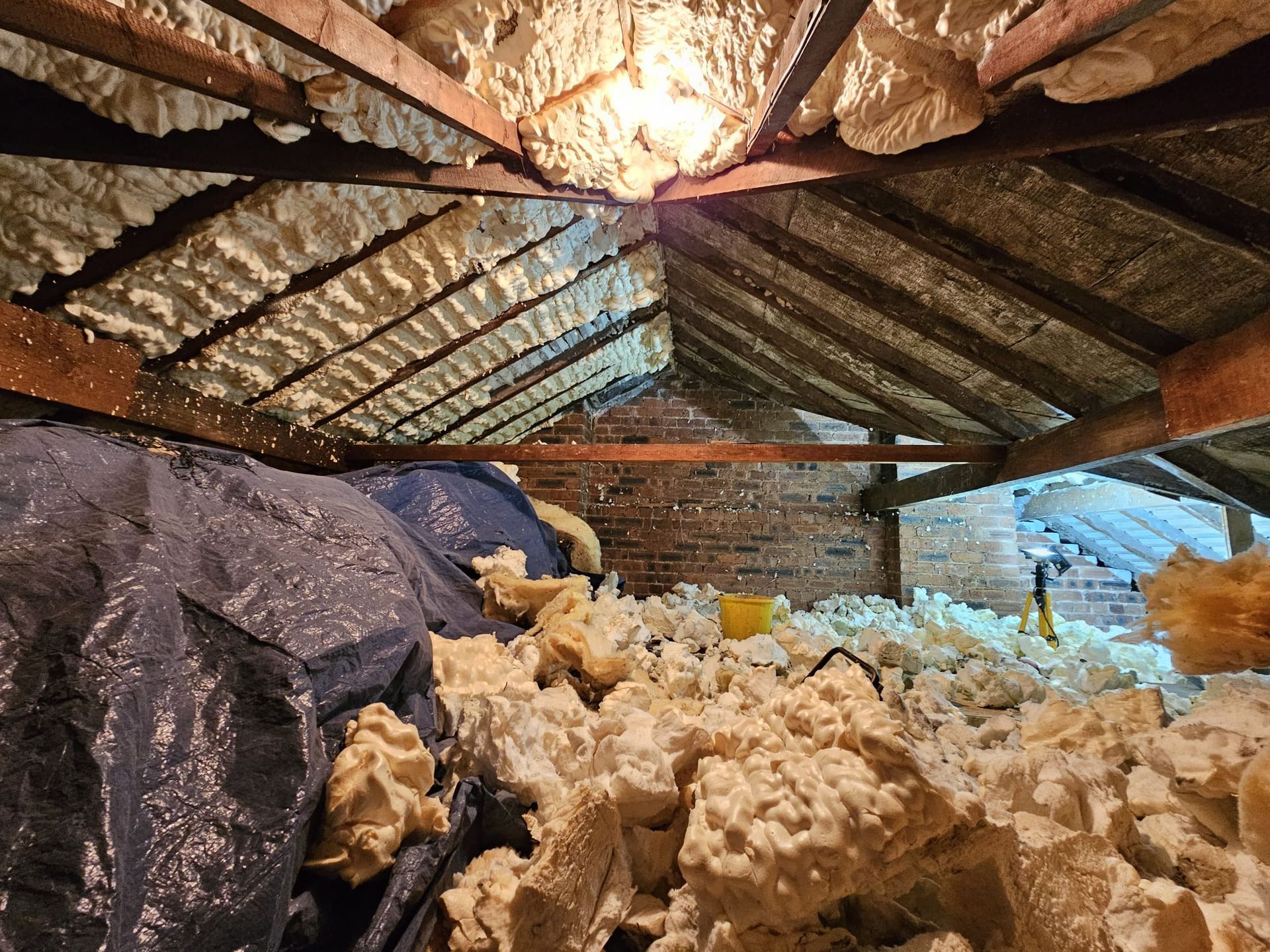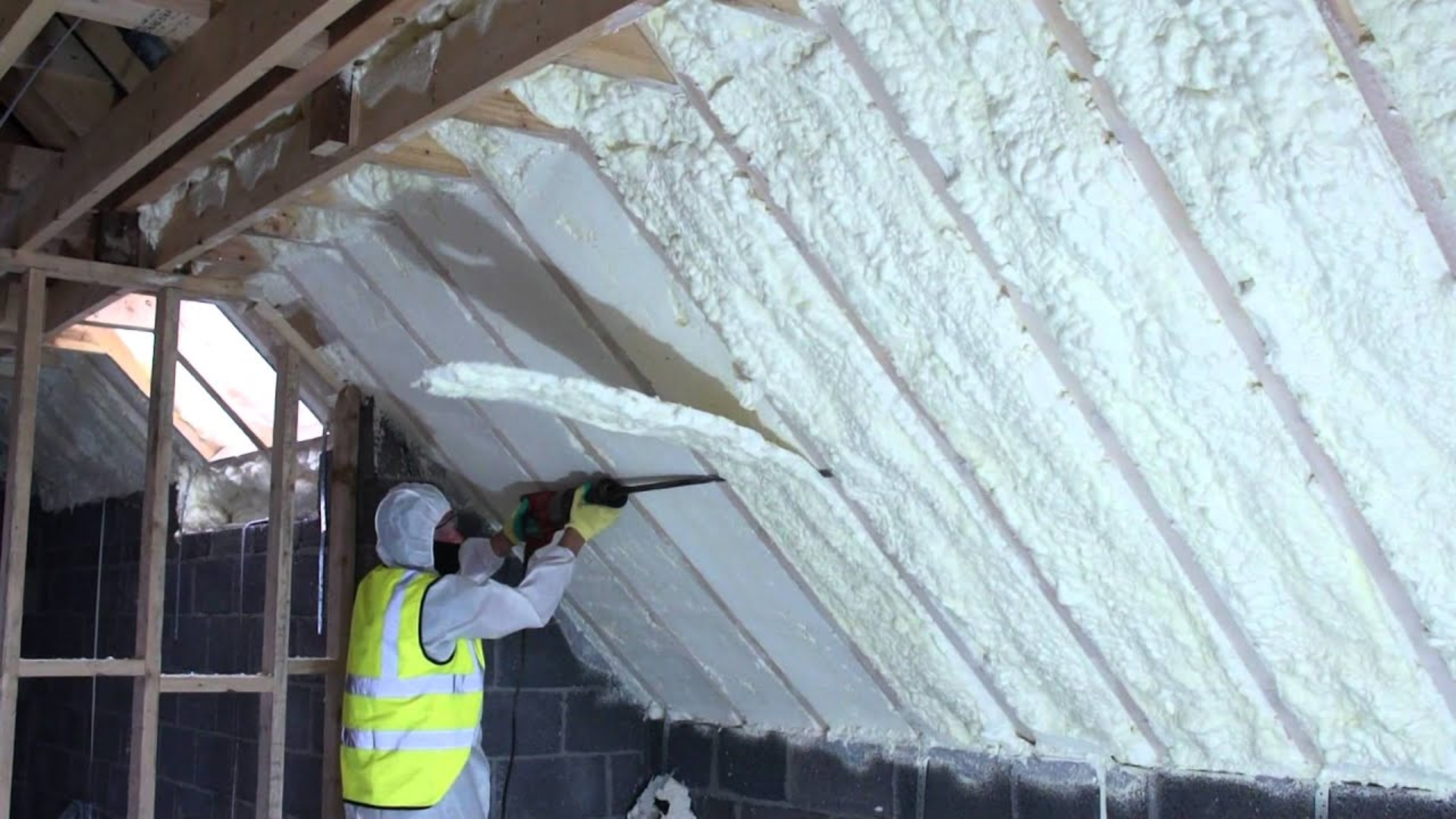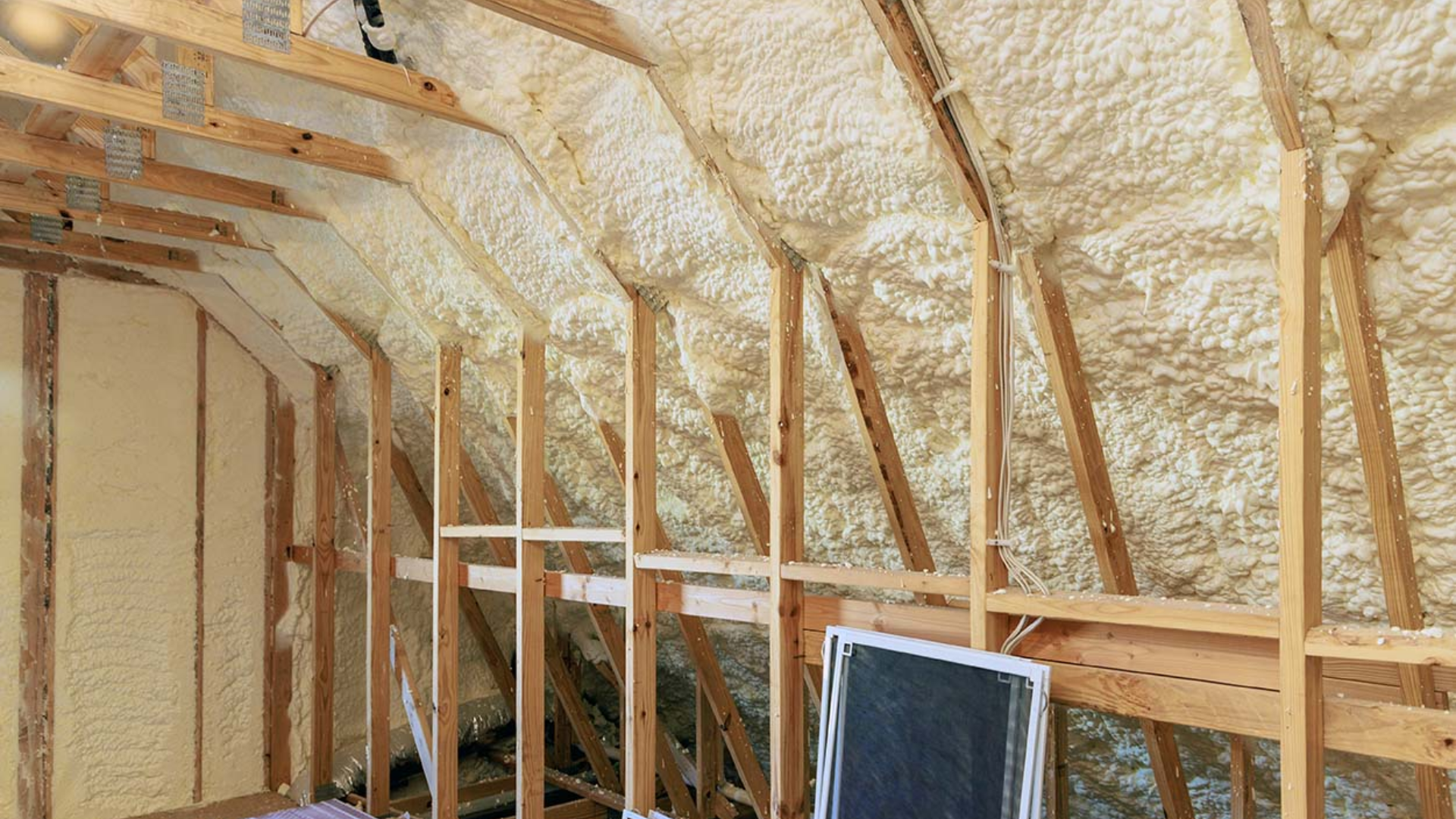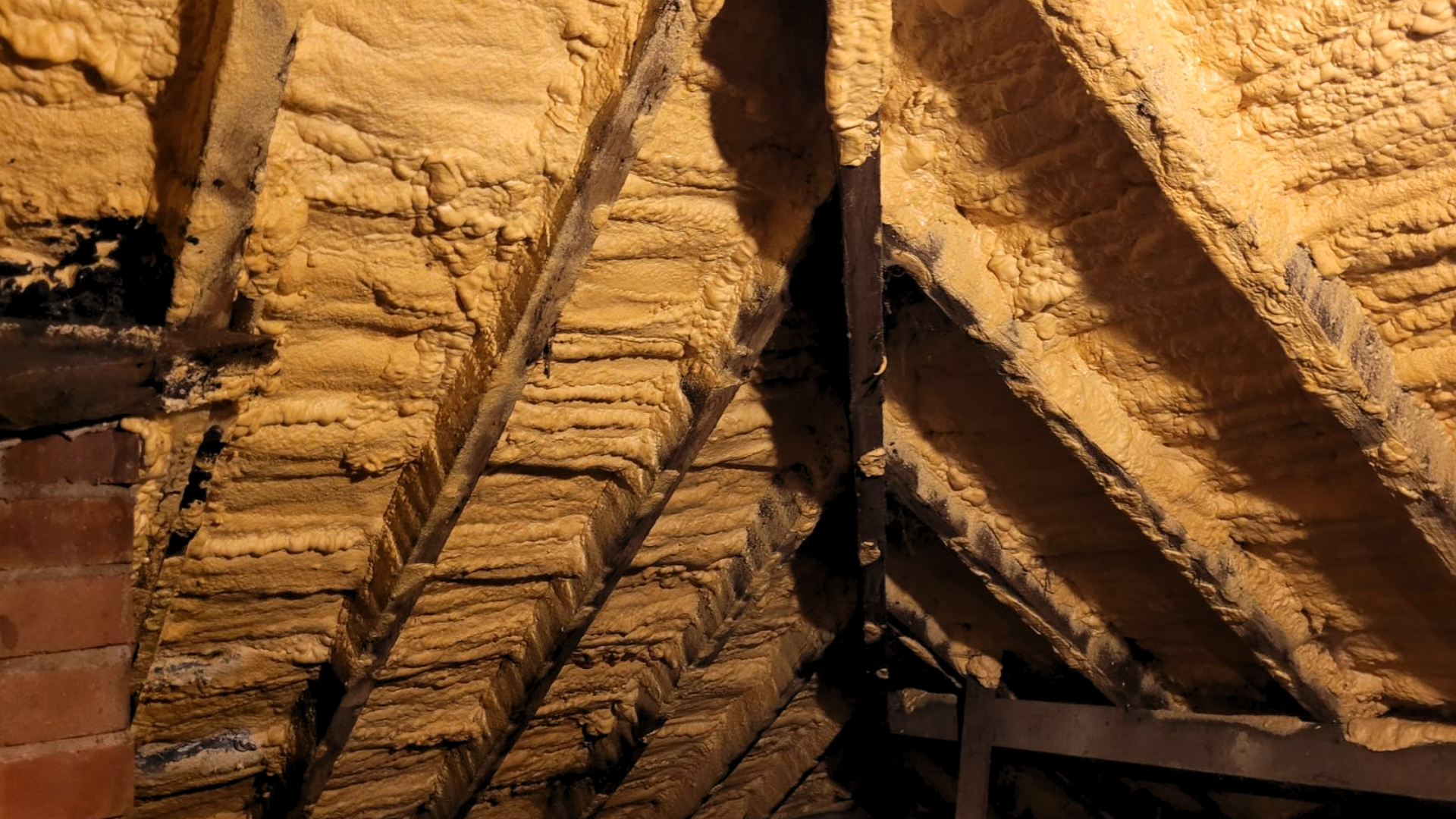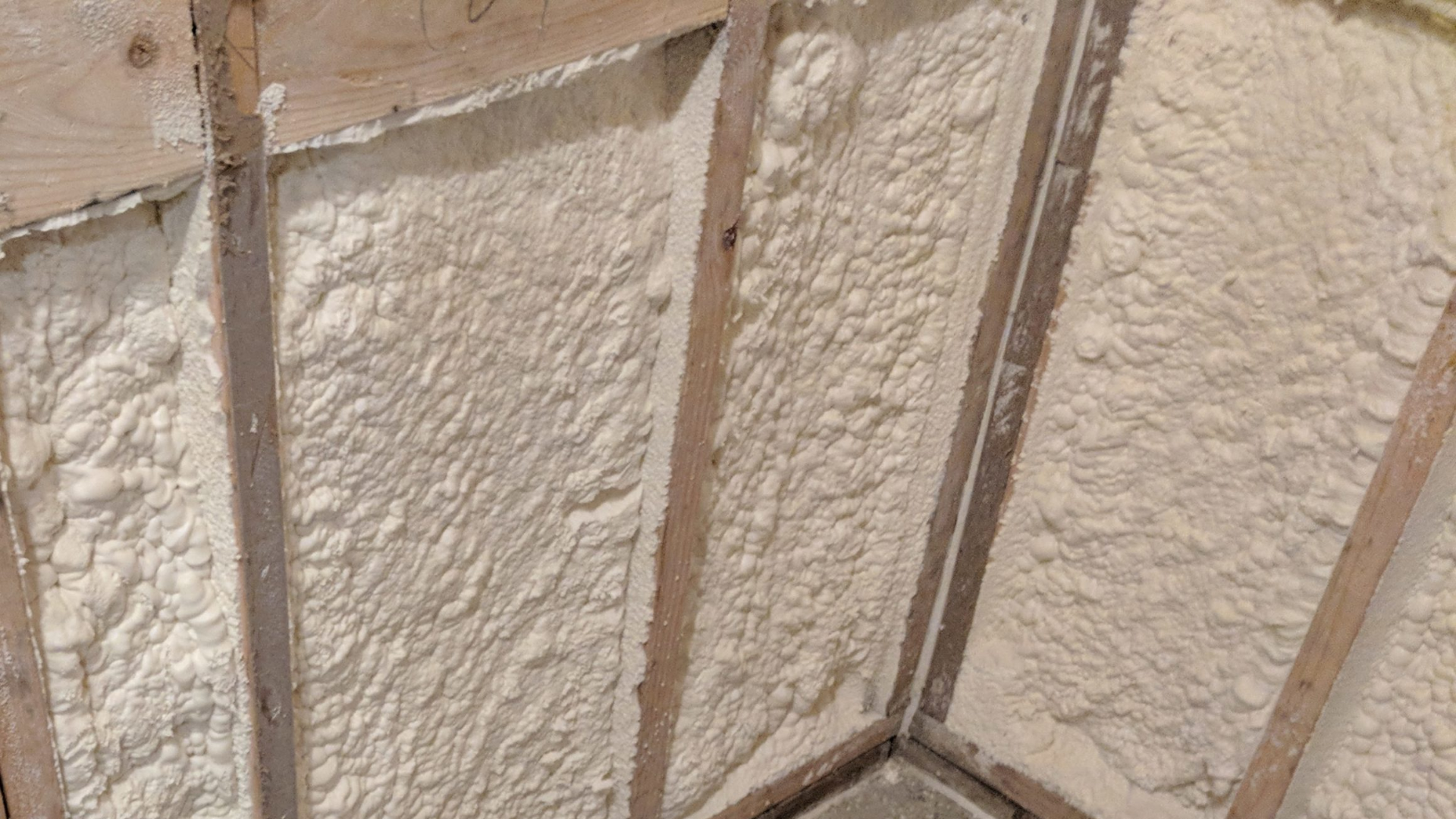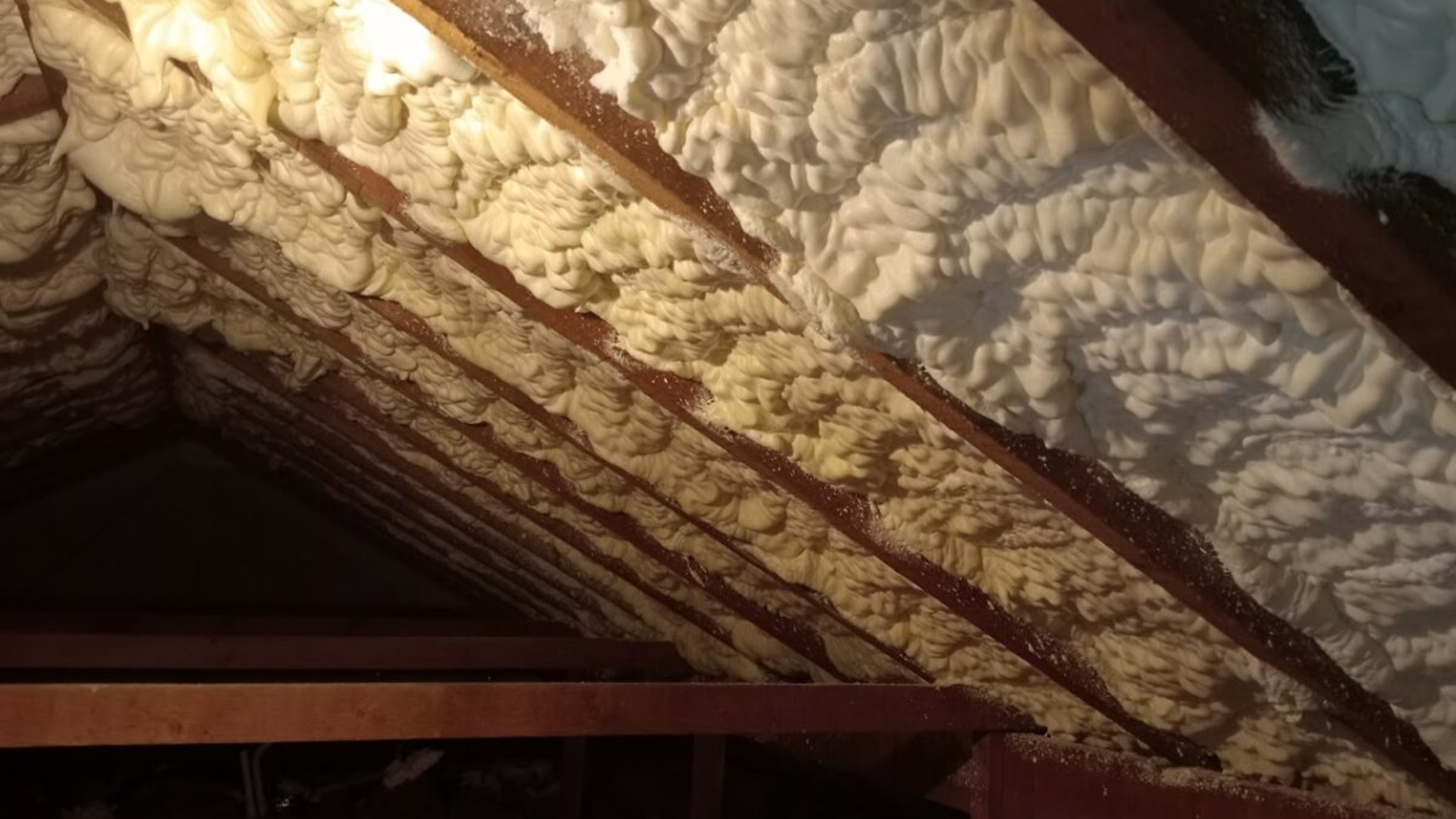Stay Safe and Sound: Identifying and Mitigating Spray Foam Insulation Hazards
Safety measures for spray foam insulation
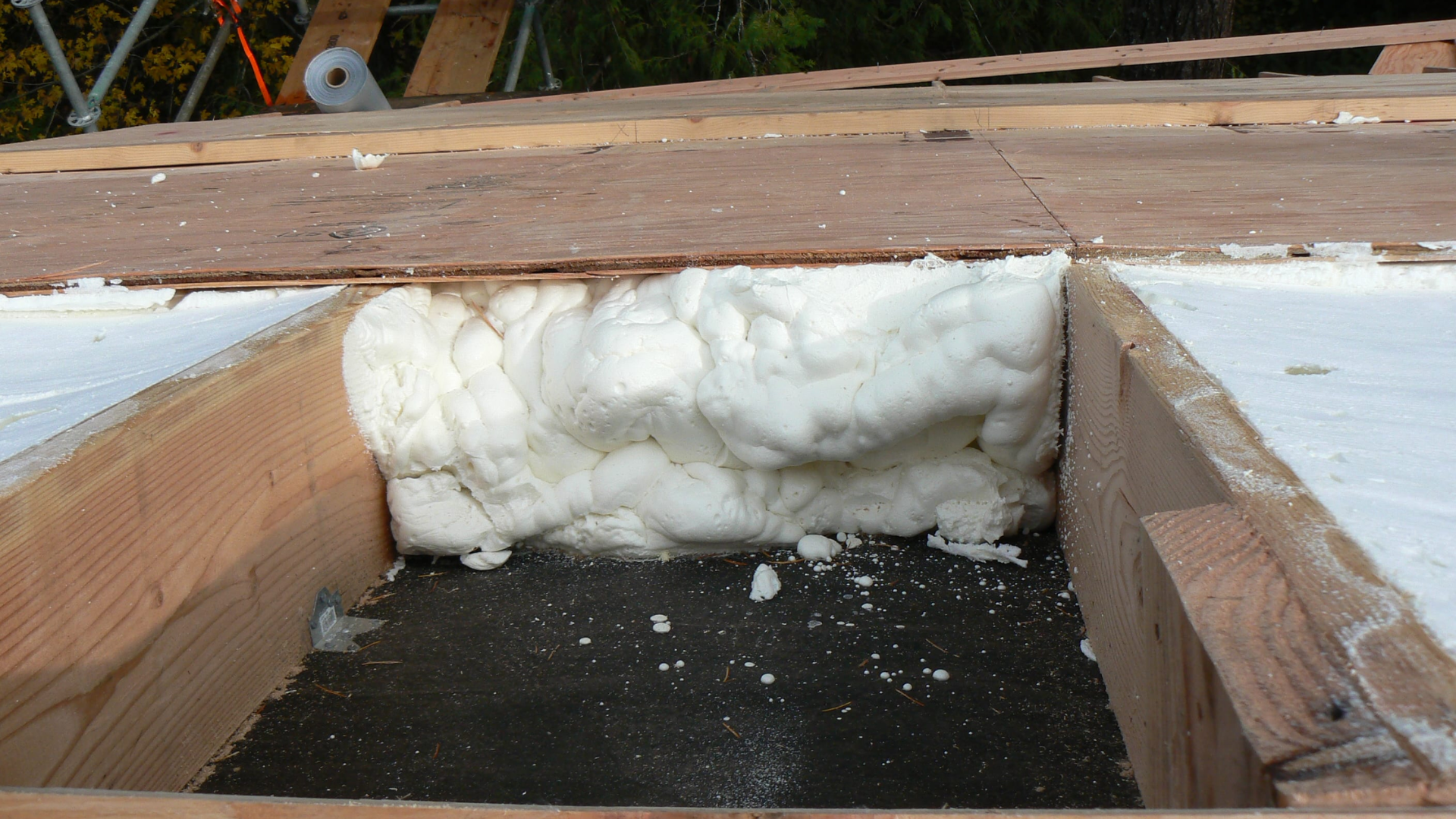
Understanding the Importance of Safety in Spray Foam Insulation
When it comes to enhancing energy efficiency and maintaining a comfortable living environment, spray foam insulation has become a popular choice for homeowners and businesses alike. However, amidst the excitement of improved insulation, it's crucial not to overlook the potential hazards associated with the application of spray foam insulation. At Lofteaze, we are committed to your safety and well-being, which is why we've prepared this comprehensive guide to help you navigate the world of spray foam insulation safety.
Understanding the Hazards of Spray Foam Insulation
Before delving into the safety measures, let's explore the hazards that can arise from spray foam insulation projects. Spray foam insulation involves the use of chemicals, such as polyurethane, which can emit harmful vapours and fumes during application. Additionally, improper mixing or application can result in structural problems and reduced effectiveness of the insulation. It's important to recognise these potential issues and take the necessary precautions.
Potential Health Risks and Environmental Concerns
One of the primary concerns with spray foam insulation is the release of volatile organic compounds (VOCs) and isocyanates. These chemicals can lead to respiratory issues, skin irritation, and other health problems, especially when proper safety measures are not followed. Furthermore, the improper disposal of leftover materials can contribute to environmental pollution. To ensure the well-being of workers and occupants, it's essential to address these hazards head-on.
Key Safety Measures for Spray Foam Insulation
Now that we've highlighted the potential hazards, let's delve into the key safety measures that should be implemented during spray foam insulation projects.
Ensuring Proper Ventilation
Proper ventilation is paramount when working with spray foam insulation. The fumes and vapours emitted during application can accumulate quickly in enclosed spaces, leading to a hazardous atmosphere. To mitigate this, ensure adequate ventilation by:
- Opening windows and using exhaust fans to facilitate air exchange.
- Implementing proper air circulation systems in larger spaces.
- Monitoring the concentration of chemicals in the air using air quality measurement devices.
Personal Protective Equipment (PPE)
Equipping workers with the right PPE is a fundamental safety measure in spray foam insulation projects. The PPE should include:
- Respirators: To protect against inhalation of harmful fumes.
- Goggles: To shield the eyes from potential splashes and chemical exposure.
- Gloves: To prevent skin contact with chemicals and materials.
- Suits: To provide full-body protection against accidental spills.
Handling and Storage of Materials
Proper handling and storage of spray foam insulation materials are crucial to prevent leaks, spills, and unnecessary exposure. Some best practices include:
- Storing chemicals in well-ventilated, cool areas, away from direct sunlight.
- Regularly inspecting containers for signs of damage or leakage.
- Avoiding overstocking to reduce the risk of expired or deteriorated materials.
Training and Certification
To ensure the safe execution of spray foam insulation projects, training and certification are invaluable. Trained professionals understand the correct procedures and precautions. Certification programs provide comprehensive knowledge about:
- Chemical properties and hazards of spray foam insulation materials.
- Proper application techniques to minimise risks.
- Emergency response procedures in case of accidents.
Identifying Warning Signs and Reacting to Emergencies
Recognizing potential health issues and responding to emergencies promptly are vital aspects of spray foam insulation safety.
Recognising Symptoms of Exposure
Workers should be vigilant about their health and be able to identify symptoms of chemical exposure, such as:
- Breathing difficulties
- Skin rashes or irritation
- Dizziness or nausea
First Aid and Emergency Procedures
In the event of accidents, quick response is essential. Establish a clear plan for:
- Administering first aid for minor injuries.
- Evacuating the area in case of severe chemical exposure.
- Contacting emergency services for professional assistance.
Lofteaze’s Commitment to Safety in Spray Foam Insulation
At Lofteaze, we prioritise safety as an integral part of every spray foam insulation project.
Our Safety Guidelines and Protocols
We have developed comprehensive safety guidelines and protocols that adhere to industry standards. Our experienced professionals are trained to:
- Implement safety measures from start to finish.
- Monitor air quality during application.
- Utilise top-notch PPE to ensure their well-being.
Success Stories
Our dedication to safety is reflected in our successful projects. For instance, in a recent commercial project, our meticulous adherence to safety measures ensured not only a well-insulated space but also the health and safety of everyone involved.
Prioritise Safety in Spray Foam Insulation Projects
In the world of spray foam insulation, safety should always be the top priority. By understanding the potential hazards, implementing the outlined safety measures, and relying on the expertise of professionals, you can enjoy the benefits of improved insulation without compromising your health or the environment. At Lofteaze, we are here to guide you through the process, ensuring that your insulation project is both effective and safe. For more information and assistance, please visit our contact page.
As you embark on your spray foam insulation journey, remember that staying safe and sound is a responsibility that we all share. By adopting these safety measures, you're not only protecting yourself but also contributing to a healthier and more sustainable environment.
Book an appointment


